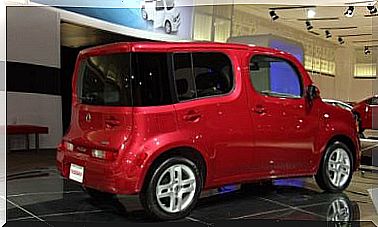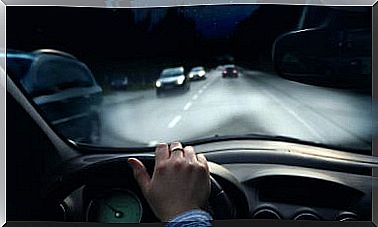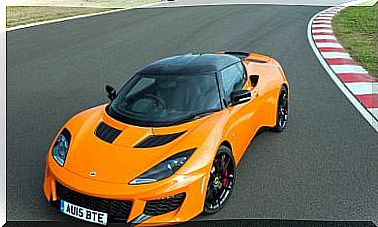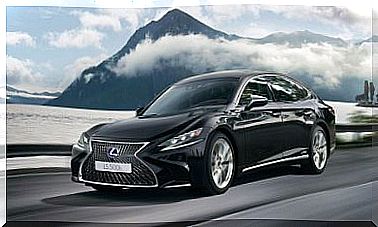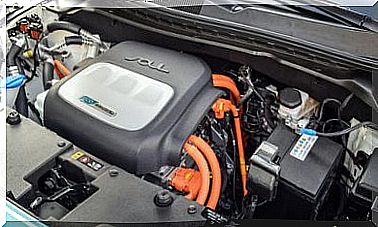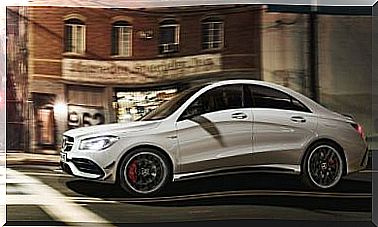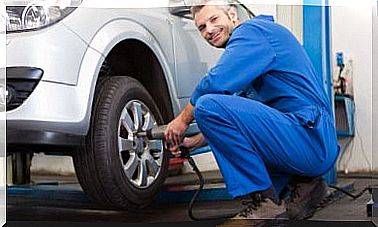Speed limits According To The Road
The regulation of speed limits is essential in all countries. It allows drivers to improve their response time behind the wheel, makes them travel safer and stress-free. It is vital in countries like Spain, to avoid car accidents, since they are one of the first causes of mortality in the country.
It has not been easy for Spanish drivers to learn the new speed limits. Among other things, because traffic laws have been modified several times in recent years.
Despite all the changes, the Spanish government keeps the roads well marked. Speed limits are usually posted on vertical signs on the sides of the roads. As well as illuminated panels or drawn on the asphalt of the tracks.
Speed limits on motorways and expressways
Highways are the fastest routes of road transport. That is why the limit allowed by law is the highest in speed. Regular vehicles and motorcycles can travel up to 120 km / h.
The new regulation that is being outlined, will admit the limit of 130 kilometers per hour in some sections of motorways and highways, in which it is signaled in a special way.
This maximum limit of 130 km / hour will operate when indicated on the panels with a variable message. It is said that it will always be temporary, and according to variables of optimal weather conditions, contrasted safety indices and excellent paving conditions.
Conventional roads
-
- On these roads, the speed limits for cars, motorcycles and quadricycles are lowered from 100 to 90 km / h when traveling on a road with a width of at least 6.5 meters. This scale comes to replace the factor that was considered until now, the 1.5 meters wide shoulder.
- A low speed limit of 90 to 70 km / h is established if the road is less than 6.5 meters and with separation marks between both directions.
- For trucks traveling on two-way roads, they can go up to 80 km / h. In the other case, they can reach a maximum speed of 70 km / h.
- The same laws apply for vehicles with trailers, on these roads. They can drive up to 80 and 70 km / h, respectively.
- The cyclists are allowed circulation to 45 km / h.
Speed limits on urban roads and cities
Urban roads are the busiest, not only in Spain, but in any country in the world. Also, it is known that there are many pedestrians who circulate daily on the streets. That is why the speed limits on these roads are the most restricted and with the slowest speeds.
As a general law, the Spanish government imposed that all motor vehicles must circulate on urban roads up to 50 km / h, as a maximum. That is, from regular vehicles to trucks and cars with trailers, they have the same limitations within the city.
Although there are chances that the limit in cities is lower. For example, if they are roads with only one direction on each side, the maximum speed will be 30 km / h. If it is a road built in old materials or a single road and sidewalk platform, the maximum will be 20 km / m.
Fines and penalties
Going over the speed limit is undoubtedly a crime, since you are breaking a law. For this reason there are penalties. These can be monetary, or if the crime is very serious or repeated, it can be paid for with months in prison.
The Road Safety Law and the General Traffic Regulations establish the regulations applicable to generic and specific speed limits . Special emphasis is placed on passing speed and distances between vehicles.
The financial fines can vary depending on the case and may imply a reduction of the points of the card in the license. The fines range from € 100 to € 600 if they are very serious. In the first case, you would not lose card points, but in the last you would lose up to 6 points. We know that if the limit is exceeded by 7% of what is marked, it already begins to be a serious offense.
Penalties for some actions inside the vehicle
-
- You cannot drive bare-chested or barefoot, and also not in high heels or flip-flops. It is understood that it is not possible to control the vehicle in this way. The penalty can reach 80 euros. Like the rest of penalties, the amount can be reduced by half (40 euros), when prompt payment occurs and does not lead to the loss of points.
- Driving with your arm or elbow out of the window is not allowed. A penalty of 80 euros is also foreseen.
- GPS cannot be programmed or manipulated while driving. It can be a serious offense and reach a penalty of 200 euros.
- Eating at the wheel is not allowed, due to the restriction of movements that this causes. A fine of up to 100 euros is foreseen.
- Throwing cigarette butts or cigarettes out of the car window can cause fire, traffic accidents and other risks. A fine of up to 200 euros and 4 points of loss in the driving license is foreseen.
